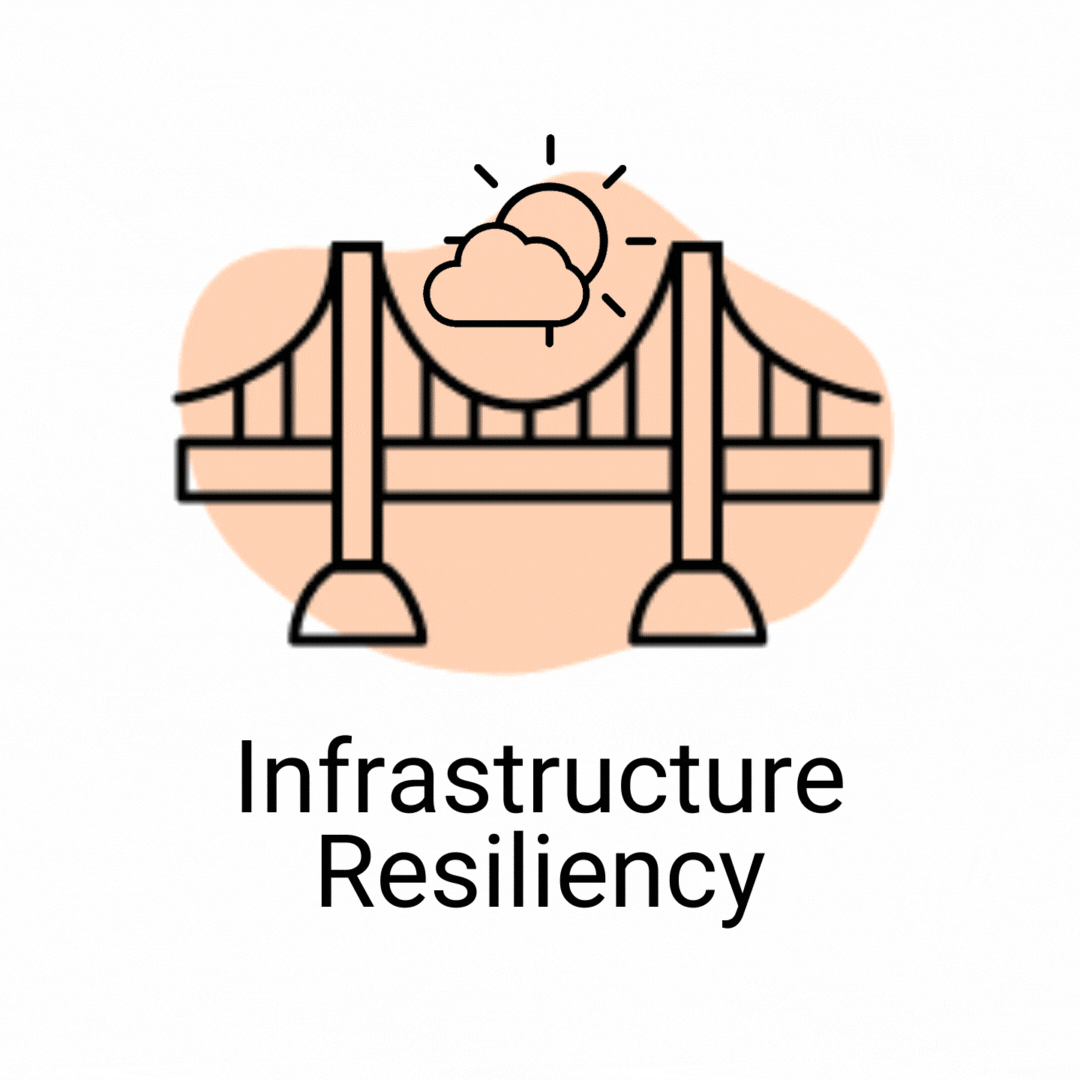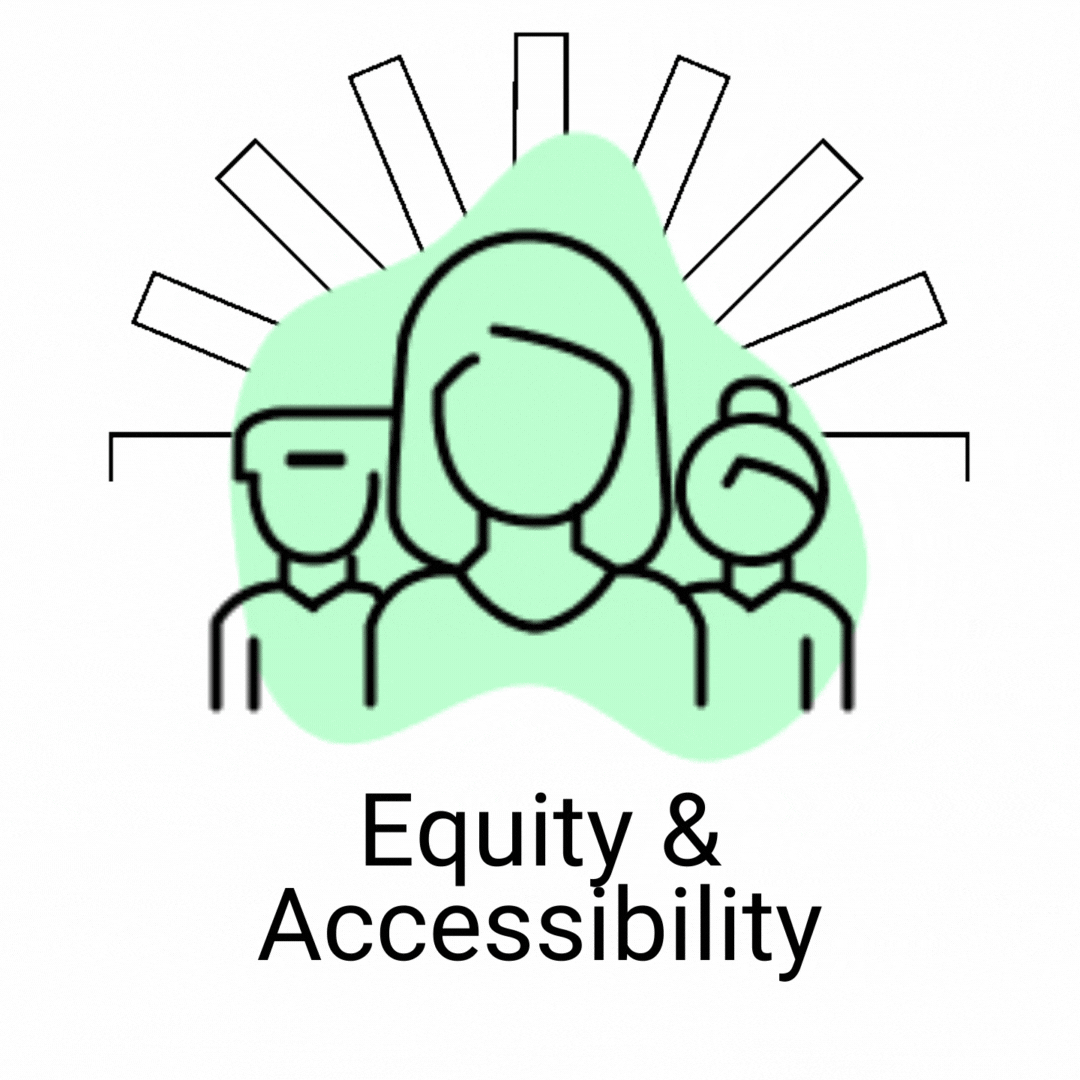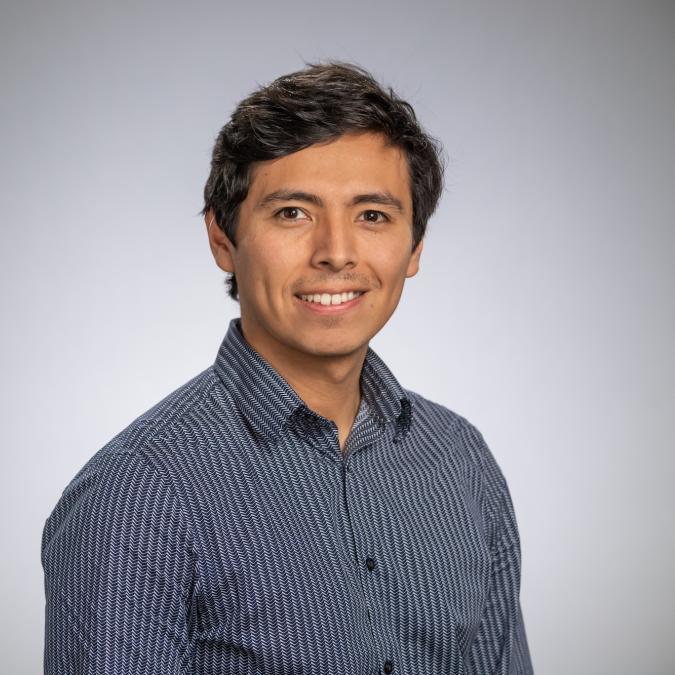Overview
The project will build a framework to optimize and prioritize locations for FloodNet sensor deployment, for measurement of hyper – local flooding in New York City (NYC). Using comprehensive risk and equity metrics, researchers will locate the optimal placement of FloodNet sensors around NYC.
The project will develop a framework and define metrics with feedback from the NYC Mayor’s offices, partners since the initial development of the FloodNet sensors, to ensure the project’s successful implementation. To this end, the project will build a risk – informed digital twin of NYC integrating multiple data streams.
The approach is probabilistic and based on rigorous risk analysis to study various flood impacts and capture the influential uncertainties in stormwater, tidal and compound flood events. Risk metrics will be used based on impacts, e.g., fatalities or subway and street disruptions, rather than relying on direct hazard metrics, such as flood depth and extent, alone.
The digital twin will utilize explicit equity risk metrics, e.g., neighborhoods at disproportionally higher risk, and consider the equity priorities of NYC and the FloodNet project.
Research Objectives
This project aims to guide the deployment of the FloodNet monitoring system in NYC. Our goal is for this deployment of sensors for hyper – local floods to be risk – informed to maximize benefits for our communities. The FloodNet system will provide real – time warnings allowing for critical life – saving mitigation measures that protect the most vulnerable populations, as well as data that can be used for risk management pre – and post – flood, e.g., distribution of recovery efforts.
The project will provide the NYC Mayor Offices and communities with risk – based tools to assess the effectiveness of different network configurations using comprehensive risk metrics and following the NYC Mayor Offices’ equity priorities. Furthermore, the digital twin will be built to easily up date risk and flood impacts when new flood simulations are available. This feature will provide NYC officers with a pipeline to update their risk assessments as they complete ongoing efforts to enhance their flood simulations and impact mitigation strategies.
This project will also support the PIs’ broader research agenda. The digital twin will be used to develop risk models for interdependent networks at resolutions currently unfeasible. Flood alerts will also indicate to the PIs’ when to visit sites to co llect water samples for research on floodwater contaminants.











